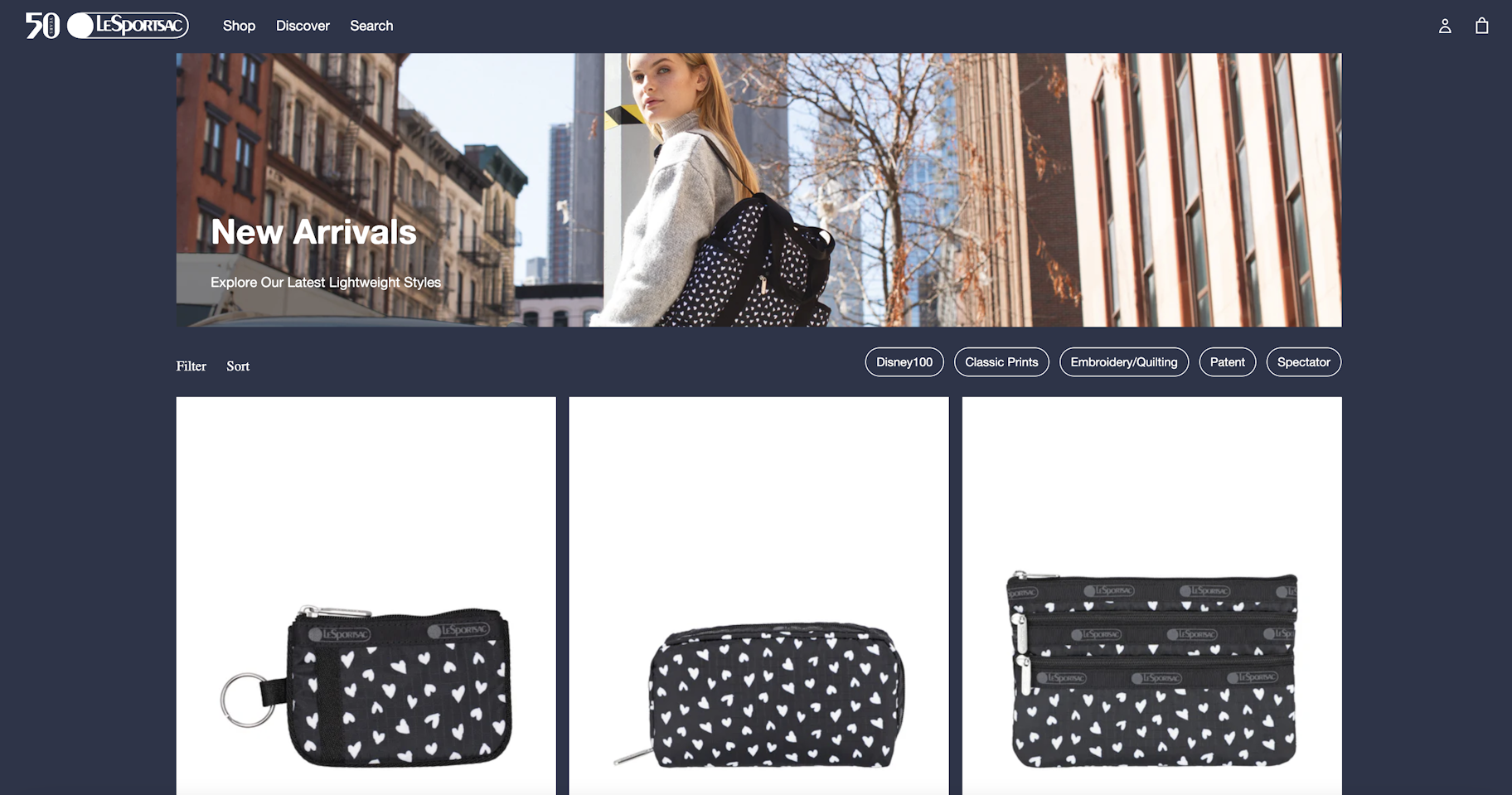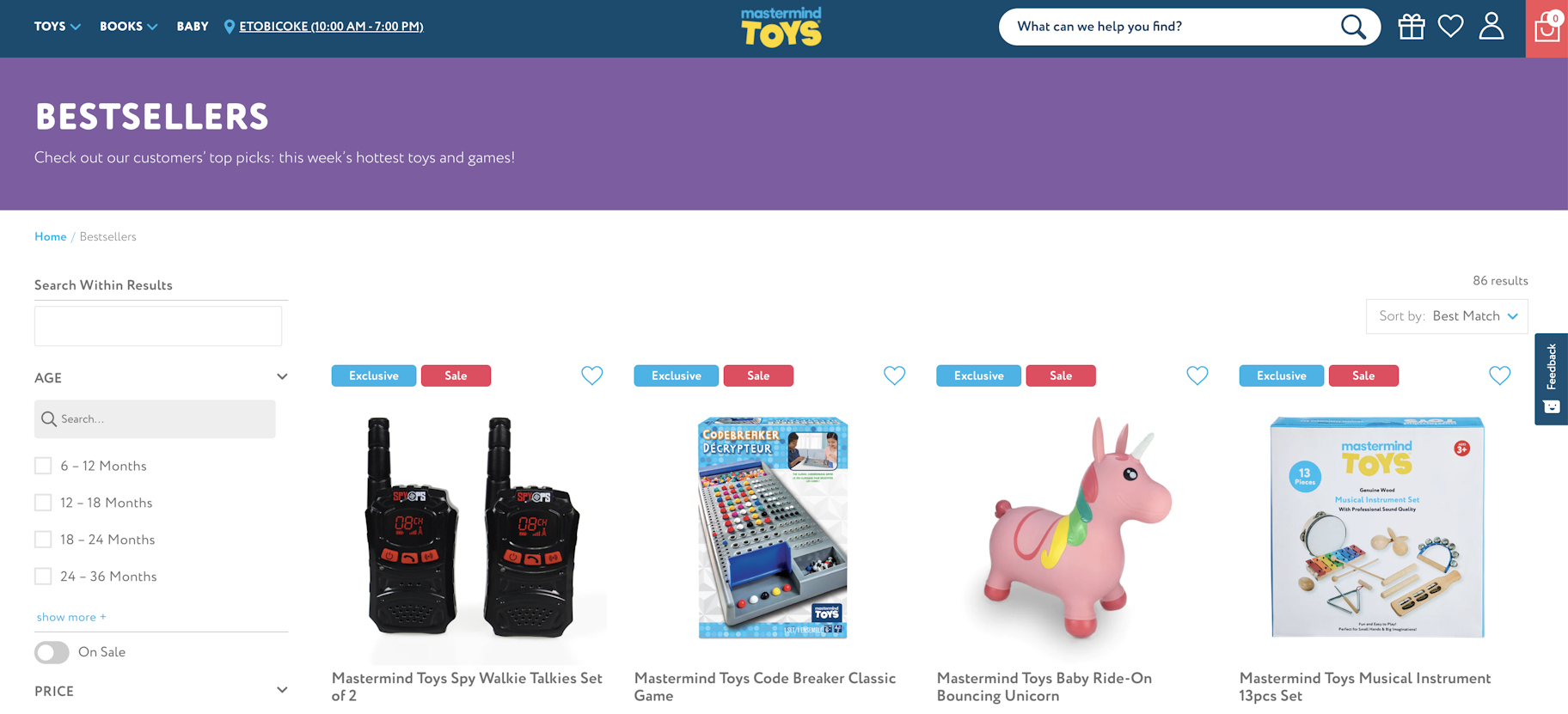If you’re crafting a new marketing strategy, or trying to optimize an existing one, you’ve probably heard the terms “omnichannel marketing” and “multichannel marketing.” If you haven’t dug deeply into their meanings, you’re probably a bit unclear on the difference between the two.
In this article, we’ll define omnichannel versus multichannel and examine the pros and cons of each. We’ll also look at some examples of brands that are doing a great job with their marketing efforts, regardless of which strategies they embrace.



Omnichannel vs. multichannel defined
Omnichannel and multichannel marketing both use multiple channels to generate customer engagement and sales.
But the key difference is that omnichannel fully integrates all marketing channels so a customer can seamlessly move between them without disrupting their experience. On the other hand, multichannel marketing separates channels into their own distinct user flows and experiences.
→ Click Here to Launch Your Online Business with Shopify
When we use these terms, “channels” can refer to communication media in the customer journey that take place in-store, on desktop, and on mobile devices, as well as all the communication points within those channels, like a website, social media, email, SMS, phone, instant messaging, in-app chat, and so on.
Let’s look a little closer at each marketing strategy.
Omnichannel marketing 101
An omnichannel strategy aims to have a single, unified customer journey, regardless of how many touchpoints customers have with the brand.
In an ideal omnichannel setting, a customer could walk into your store’s brick-and-mortar location, find a product they love, and easily go home and finish the purchase without having to dig for it from scratch.
Similarly, they can start shopping on social media and continue their purchase inside your app. There are many ways customer experiences can transition between channels—it’s up to you to make it happen.
One of the biggest pillars of omnichannel marketing is that customer data is comprehensive, and it’s applied to multiple channels to ensure the customer experience is consistent and reliable. Personalization is the name of the game: the omnichannel shopper has tailored, specially crafted experiences that make it easier and more convenient to keep coming back.
Omnichannel pros
- Consistent and personalized customer experience
- Ability for customers to switch between channels
- More robust customer data, which means more targeted marketing strategies
- Stronger brand identity and image
- Higher customer engagement
- More satisfied and loyal customers, which means more sales
Omnichannel cons
- Can be complex and challenging to implement
- Requires more financial investment and a more sophisticated tech stack
- Requires a dedicated team and resources
- Heavily tech-dependent, which could cause big problems if glitches or error occur
- More comprehensive customer data collection could have privacy implications
Multichannel marketing 101
Chances are, the vast majority of brands you’ve ever interacted with are using a multichannel retail or ecommerce strategy. It’s the most common strategy because it’s by far the easiest to set up and manage. In a multichannel approach, you create your marketing plan distinctly for each channel, catering to customers and their preferences on each one.
You can still offer personalization and integration of channels, but it naturally will be more limited in scope and nature. For example, you can use customer data to send personalized emails or SMS messages, and use advertising retargeting to capture customer interests on separate web channels.
Multichannel marketing pros
- Working through different channels can boost brand visibility
- Separated channels allows for more flexibility in allocating your marketing budget
- Easier and less complicated to set up
- Ability to build a more diverse range of marketing strategies
- If one channel has issues, it won’t automatically bring down other channels
Multichannel marketing cons
- Less consistency in the user experience
- More trouble synchronizing data across channels and getting a “bigger picture” customer view
- More difficult to manage brand coherence across siloed channels
- Less ability to create a fully customized and personalized experience
How to choose the right strategy for your brand
What works for one person or business may not work for others (even others who seem extremely similar). Before you jump headfirst into your new marketing efforts, do some research and make sure you have a strategic and carefully thought-out approach.
For starters, budget and resources will be one of the biggest, if not the biggest, consideration. If you’re not able to fully invest to make sure all the parts and pieces are integrated smoothly and effectively, you’re probably better off not trying at all. Think about it: If the experience is disjointed or error-prone, you’re defeating the purpose of omnichannel in the first place.
Going omnichannel will require IT investment and savvy, a strong tech stack and infrastructure, and a creative, sound strategy to bring everything together.
You might choose to use a headless commerce architecture with a strong content management system, or you might choose a traditional architecture driven by a product information management (PIM) system. If you don’t know what these mean, start building or hiring your IT team now.
3 examples of omnichannel and multichannel strategies
1. LeSportsac

LeSportsac is an American retailer of handbags, luggage, and travel accessories. Despite its established brand, the company recognized the need to upgrade its online shopping experience to match the quality of its in-store service. This realization led it to partner with Shopify Plus, a move that significantly improved its omnichannel retail experience.
The transition to Shopify Plus addressed several challenges. Previously, LeSportsac’s online experience was marred by technical glitches, slow website updates, and a lack of cohesive branding across digital channels. With Shopify Plus, LeSportsac was able to achieve a cleaner, more intuitive design, as well as integrate features that allowed for personalized customer interactions.
This shift to a more robust and integrated digital presence paid off, with LeSportsac seeing a 37% increase in units per order, a 20% boost in average order value, and a 7% growth in conversion rates.
2. Mastermind Toys

Mastermind Toys, a popular Canadian toy retailer with 68 stores, realized its online store needed a revamp. Facing tough competition from online giants and big-box stores, they partnered with Shopify and Stream Commerce to make their website as inviting and easy to use as its physical stores.
The revamped Mastermind Toys store quickly became a hit. It allowed customers to browse through more than 10,000 toys and books effortlessly, pick up orders curbside in just an hour, and find the perfect gifts using a gift finder tool. These changes tied the brand’s online shopping experience closely to the fun, interactive atmosphere of visiting its brick-and-mortar outlets.
And it paid off big time: Mastermind Toys’ online conversions soared by 286%, digital sales tripled, and customers served via chat increased by 288%.
3. Red Dress Boutique

Red Dress Boutique started as a standard ecommerce store. Recognizing the need for growth, the company embarked on a search for the right enterprise ecommerce platform. This journey ended with a switch to Shopify Plus from Magento, a strategic move that transformed the brand into a multichannel ecommerce powerhouse generating $15 million in annual sales.
Shopify Plus made the site faster and more attractive, leading to a sales boost of 34% in March and 23% in April compared to the previous year. It also cut costs by about $100,000 compared to the previous annual expenses on Magento.
Maximize your channels to boost your business
At the end of the day, there’s no one right way to approach your company’s marketing efforts. You may not have the resources to implement an omnichannel approach right away, or you may find that an isolated multichannel strategy is effective enough on its own.
The only way to know which is best for you is to do some research and experiment. You’ll never know until you try, so pay attention as you go, keep learning, and keep optimizing your strategy to get better and better every day.
Omnichannel vs. multichannel FAQ
What’s the difference between omnichannel and multichannel customer support?
Omnichannel customer support links all channels for a smooth experience, whether you call, email, or chat. Multichannel customer support means you have many ways to reach out—like phone, email, or social media—but they’re not necessarily connected.
What’s the difference between multichannel and cross-channel?
Multichannel involves using more than one channel for marketing or customer support, but these channels operate independently. Cross-channel, however, means these channels are integrated and work together for a unified customer journey.
What’s an example of an omnichannel business?
Apple is a great example of an omnichannel brand. It offers a consistent customer experience across its online store, physical stores, and the Apple Support app. Customers can switch between these channels smoothly and still get the same level of service.
Is Amazon omnichannel or multichannel?
Amazon is omnichannel. It offers a shopping experience that’s consistent whether you’re online, in a physical store, or using its mobile app.






